Messy Endings
Leslie Jamison and the travails of millennial divorce.
Leslie Jamison and the Travails of Millennial Divorce
In her new book, the novelist and essayist examines life before and after marriage.
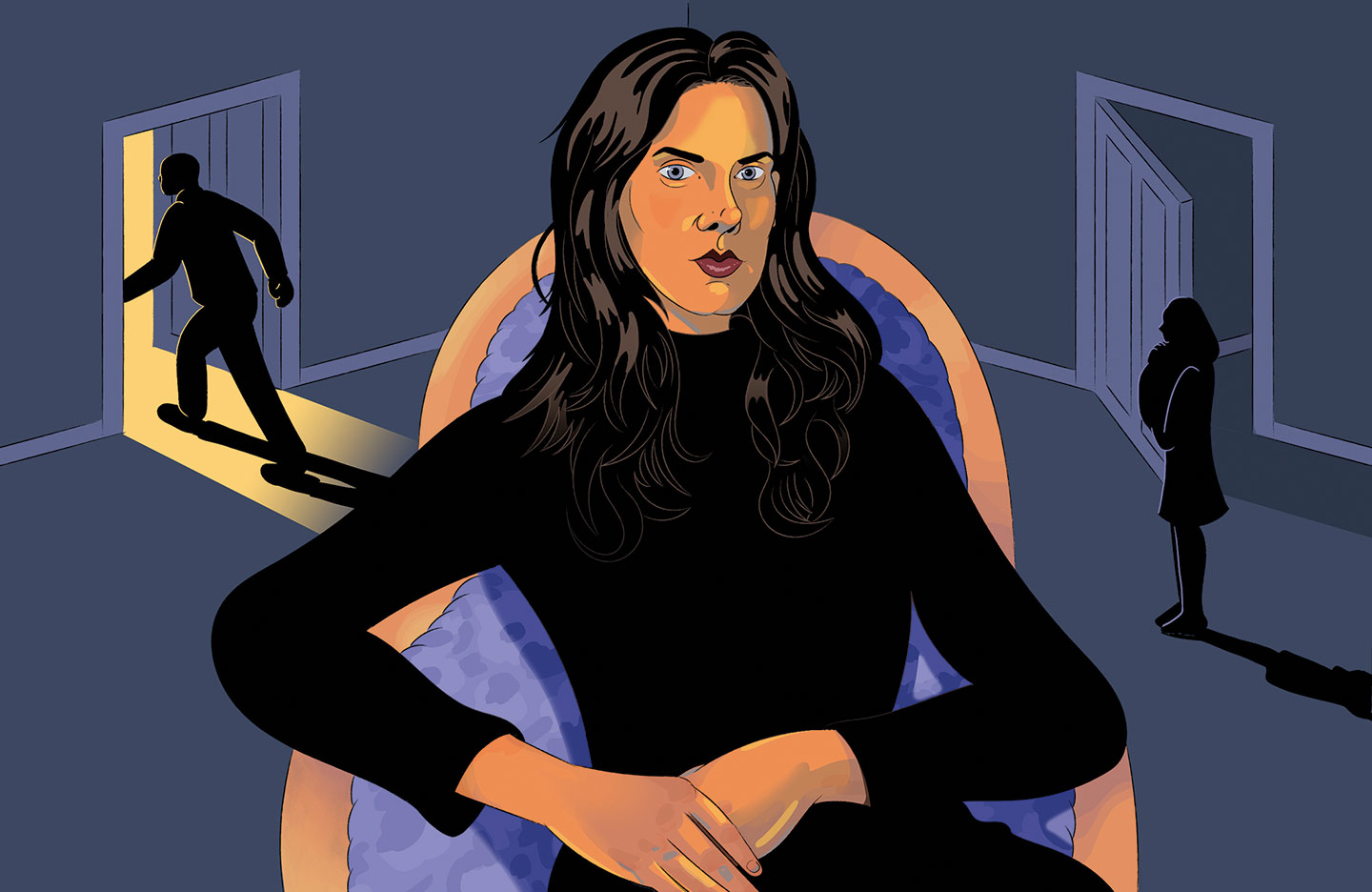
A failing marriage often contains within it an amalgam of different feelings. It can brim with disappointment and recrimination, fiery arguments and acrimonious disdain, passive-aggression and boredom, lost hope and sexless nights. A writer’s failing marriage often contains material for a book. It has all the guts and gore of human relationships compacted into a linear and chronological storyline. It has a clear beginning and an end—and some tears and laughter in between.
Books in review
Splinters
Buy this bookAt this point, the novel or memoir of divorce has become something of a distinct genre that exemplifies the elastic boundaries between adoration and contempt, and it also opens up all sorts of questions about the making and consumption of art. In her book of poems The Beauty of the Husband, Anne Carson offers us the story of a man who steals his wife’s notebooks when he leaves her for his mistress. In her memoir You Could Make This Place Beautiful, Maggie Smith tells us the parallel but incongruous stories of the end of her marriage and the ascent of her writing career. Just as she begins to make it as a writer, she must also wrestle with the consequences of her former husband’s past infidelities. In Aftermath, the novelist Rachel Cusk documents the rise and fall of her own marriage with deft precision, even going so far as to piece together the twisted logic of her husband’s dismay:
Call yourself a feminist, my husband would say to me, disgustedly, in the raw bitter weeks after we separated. He believed he had taken the part of woman in our marriage, and seemed to expect me to defend him against myself, the male oppressor. He felt it was womanly to shop and cook, to collect the children from school.
One can understand the impulse behind these books: The breakup of a marriage—whether you’re a writer or not—can be full of high drama, mortal combat (sometimes literally), and philosophical musings. The agony and poisoned emotions that seep into a dreadful marriage can often be difficult to look away from—and they can provide the stuff of great art.
Leslie Jamison’s new book, Splinters, is a case in point. It’s a memoir that tells the story of her marriage from beginning to end, but it also tells another story—of how Jamison stopped being a wife at the same time she became a mother. As an essayist and novelist, Jamison has been open to incorporating herself into her work in the past. She has written a novel about an aunt and niece who reckon with abandonment and death (The Gin Closet), and nonfiction works that have mined her own uncanny obsessions (Make It Scream, Make It Burn) and a difficult period in her life in which she overcame addiction (The Recovering). Jamison has always been bracingly honest about her experiences, and yet her books have always been about the world as much as herself. As she observes in The Recovering, she wrote her story in the first-person, but “nothing about recovery had been singular. I needed the first-person plural because recovery had been about immersion in the lives of others.” This is true of Splinters, too, in which Jamison transforms her personal tale into one about a set of often unanswerable questions relating to love, marriage, and motherhood. Narrating the details of her bodily transformations during pregnancy and her emotional changes as she becomes a mother and grows apart from her husband, Jamison weaves a story of marital friction and motherly love that is as much about the world as it is a reflection on the self.
Splinters begins not with the story of a divorce but with one of falling in love, living and writing in New York, dating before and after marriage, finding a way to curate friendships, getting pregnant and becoming a mother. Love is a theme of the book, as is distance, pain, confusion, and falling out of love. My tender heart melted as I read about how Jamison began to fall in love with C, her former husband, whom she met in the kitchen of a shared writers’ space in downtown Manhattan. When they first spoke, they compared tattoos; she recognized his from the author photo in a New York Review of Books piece on one of his novels. “Falling in love with C was not gradual,” Jamison tells us. “Falling in love with C was encompassing, consuming, life-expanding. It was like ripping hunks from a loaf of fresh bread and stuffing them in my mouth.”
Oscillating between her story of marriage and her story of motherhood, Jamison registers the thin jolts of tension that begin to harden into resentment, frustration, and even anger amid all this love. After she gave birth, she writes, things got worse: “Now that we had a child together, I felt so alone parenting. We both did.” A few endearing moments surfaced between her and C during the early stages of their parenting life. But she found that as her maternal pride grew, her matrimonial passion dissipated, and she and her husband began an interminable breakdown.
A failed relationship can result from an absence as much as a rupture—and that was the case with Jamison and C. “Unless you say otherwise, people assume the end of a marriage involves an affair,” she writes. “So I am saying otherwise. This one did not. Just the mistake of two people believing they could make a life together, when in fact they couldn’t. Which is its own betrayal.”
Like much of Jamison’s previous work—from 2014’s The Empathy Exams to 2018’s The Recovering—Splinters is deeply interested in the social and emotional layers of the body. But in Splinters, Jamison adds new dimensions to this interest. She wrestles not only with her bodily metamorphosis during pregnancy but also with her postpartum state. Jamison catalogs her baby’s cries and giggles and cycles through breastfeeding, which, she explains, is far from a passive or indolent task but instead requires arduous attention to sustain a newborn’s life. “Her tiny voice turned my nipples electric,” Jamison writes, “as if they’d just brushed against a power outlet. The milk came out in little spurts, like arterial gushes from a wound, soaking the Versace blouse that wasn’t mine.”
Part of the allure of reading Splinters is how weighty the body figures as a theme. This is a memoir about love, marital dissolution, motherhood, and emotional travails, but it is also about how the body and mind are synced together. For Jamison, becoming a mother was physical, but it also led to an existential crisis: new forms of experience, new founts of ideas, and a new identity. Time itself began to take on new meanings. Early child-rearing, Jamison tells us, is marked not so much by a loss of time as by its “exhausting plenitude.” She moves backward in time as well as forward. Deciding to follow in the footsteps of her mother, who traveled to South America for ethnographic trips with her older brothers before Jamison was born, she takes up touring with her newborn—and with her mother, too. The feeding, washing, and comforting rhythms, especially as she and her mother travel together, create a new basis for how Jamison experiences reproductive labor.
Yet even as motherhood provides her with new experiences, Jamison’s marriage begins to fail because of old habits and harmful patterns. The tensions between her and C erupt often and over everything. When their daughter is ill and Jamison expresses her worry to C, he is defensive. After a long walk with their daughter through the park, C complains. When Jamison’s mother helps with the childcare, C feels that Jamison should establish clear boundaries with her, since her mother is imposing on their nuclear family. During a reflection on friendship, Jamison wonders if she would ever feel as cared for by a partner as she does by many of her friends. But at the center of their marriage’s dissolution is not anger or frustration but simply distance. The real problem for Jamison and C is that they have grown apart and, by extension, estranged from each other. “I’d come to feel alone, and so—in retaliation, or from depletion—I made C feel alone, too.” About a year into having a child together, the two separate, and Jamison moves into a railroad apartment with their baby.
The hostilities remain high during the initial stages of coparenting from different households. “Don’t you fucking talk to me,” C says at one point. As Jamison writes: “When I said, Please don’t speak to me like that, he leaned closer to say, I can speak to you however I fucking want. I speak to you like you deserve.” But despite her marriage’s demise, Jamison finds love all around her. She begins to see how the story of her life wasn’t just about her romantic status with C but also a different kind of love: that of “becoming a mother—living for something other than intoxication.”
Though it is hard not to admire Splinters for its intimacy and grace, I couldn’t help but think that the class dimension of Jamison’s story needed to be explained. Marital dissolution and mothering, as experienced by writers with less security, can leave one feeling far more vulnerable—something explored with surgical exactness in Kate Zambreno’s The Light Room. Writing of her time teaching shortly after giving birth, Zambreno recalls “the weight of overwork on my body, the bleeding into the toilet bowl on days I work too much, which is most days.” For writers who are mothers without financial security and the help of family, the trials of parenting can place a pantheon-level toll on the body and work.
Popular
“swipe left below to view more authors”Swipe →But Splinters also leaves another set of questions unanswered. Maybe part of the problem with marriage and motherhood as we know them has to do with how we organize families altogether. As Sophie Lewis has argued in Abolish the Family, maybe we need to rethink how we understand work in the home, who we even consider kin. Breakups are messy, but as Joanna Biggs notes in A Life of One’s Own, they can also lead to newfound freedom in the aftermath of a divorce. “The fact that something ended,” Biggs notes, “doesn’t make it a failure—a lesson, it seems, I must learn over and over again. A lesson I have to learn if I want to make anything new out of the material of my own life.” These days, people in longer-term relationships don’t have to remain in them if they’ve lost interest; nor do they have to plot a murder, and that’s a sign of progress. Who knows, perhaps they might find liberation too?
Ultimately, Jamison seems to recognize this. Reflecting on the demise of her marriage near the end of Splinters, she writes, “This was one of the lessons I kept learning: the difference between the story of love and the texture of living it; between the story of motherhood and the texture of living it, the story of addiction and the texture of living it, the story of empathy and the texture of living it.”
Thank you for reading The Nation!
We hope you enjoyed the story you just read, just one of the many incisive, deeply reported articles we publish daily. Now more than ever, we need fearless journalism that moves the needle on important issues, uncovers malfeasance and corruption, and uplifts voices and perspectives that often go unheard in mainstream media.
Donate right now and help us hold the powerful accountable, shine a light on issues that would otherwise be swept under the rug, and build a more just and equitable future.
For nearly 160 years, The Nation has stood for truth, justice, and moral clarity. As a reader-supported publication, we are not beholden to the whims of advertisers or a corporate owner. But it does take financial resources to report on stories that may take weeks or months to investigate, thoroughly edit and fact-check articles, and get our stories to readers like you.
Donate today and stand with us for a better future. Thank you for being a supporter of independent journalism.
Thank you for your generosity.
More from The Nation
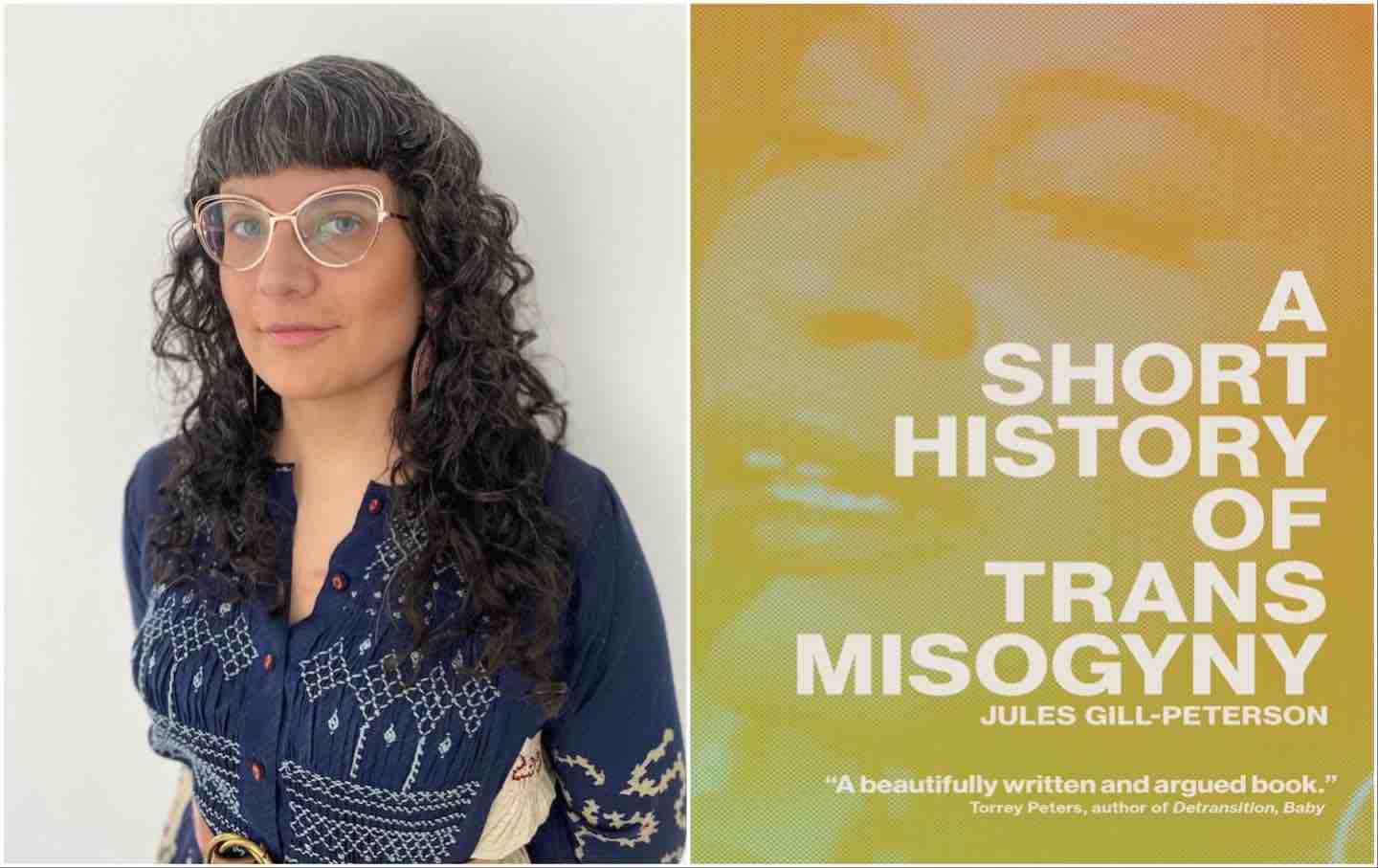
The Roots of Trans Women’s Unjust Treatment The Roots of Trans Women’s Unjust Treatment
Jules Gill-Peterson’s A Short History of Trans Misogyny is an essential primer on the colonial and racist origins of hatred against those who refuse to adhere to the gender binary...
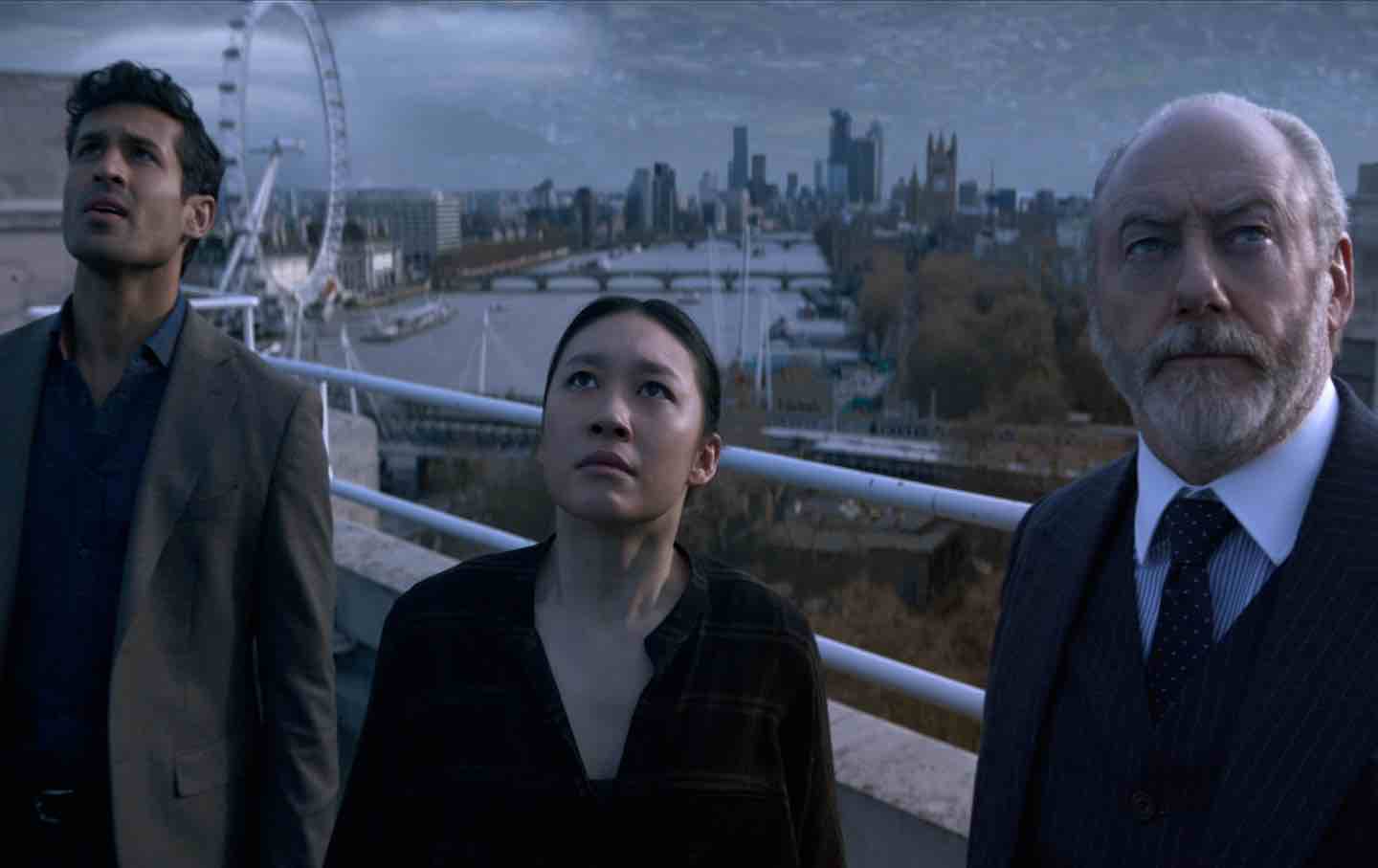
What’s Ailing Prestige TV? What’s Ailing Prestige TV?
In Netflix’s big budget series 3 Body Problem, the flaws of this era of streaming is laid bare.
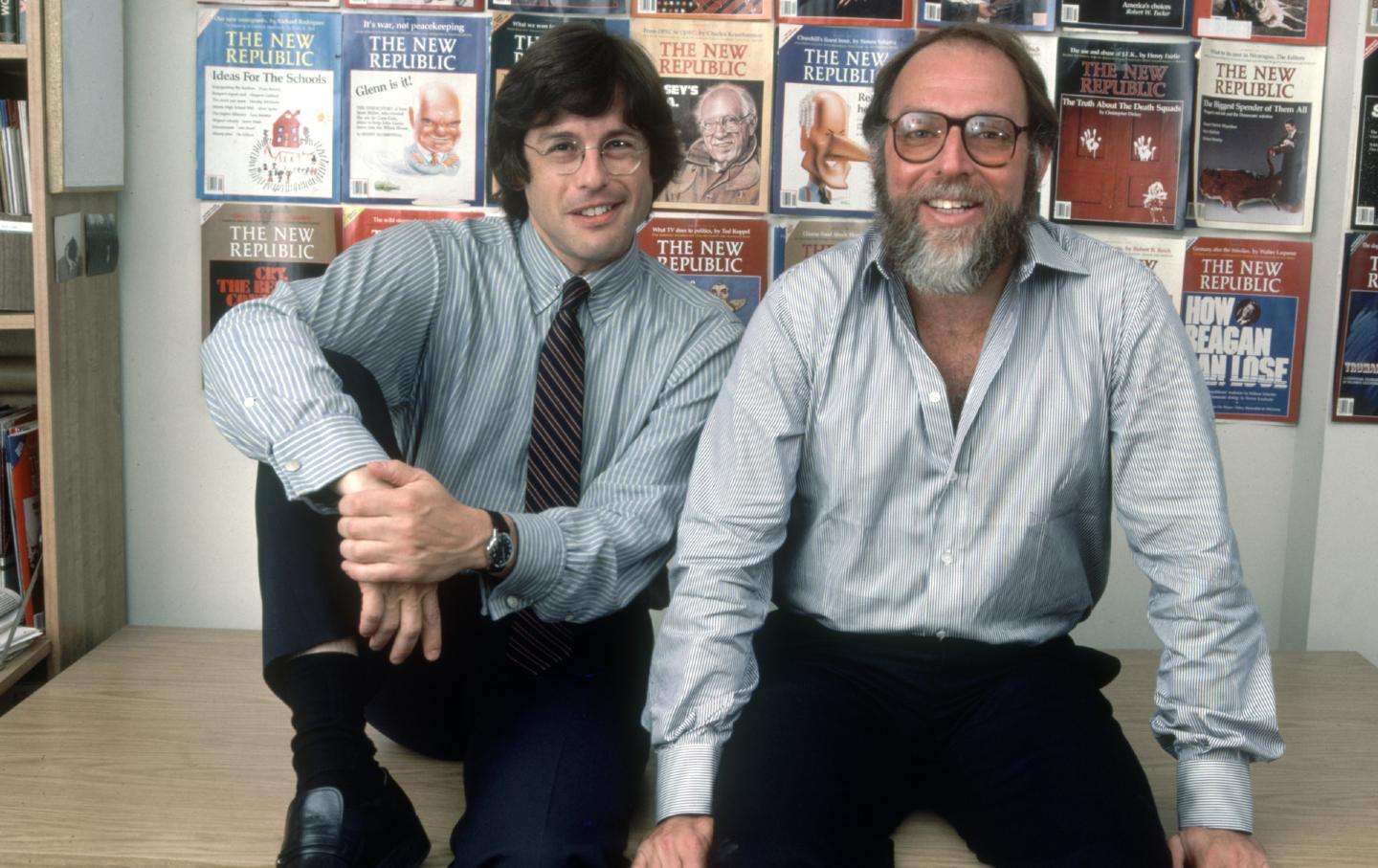
Marty Peretz and the Travails of American Liberalism Marty Peretz and the Travails of American Liberalism
From his New Left days to his neoliberalism and embrace of interventionism, The Controversialist is a portrait of his own political trajectory and that of American liberalism too....

Talking Punk, Nirvana, and the Ethics of Art Under Capitalism With Steve Albini Talking Punk, Nirvana, and the Ethics of Art Under Capitalism With Steve Albini
The legendary engineer, producer, and musician who died on May 7 spoke to Daniel Bessner about his career and the state of the music industry.
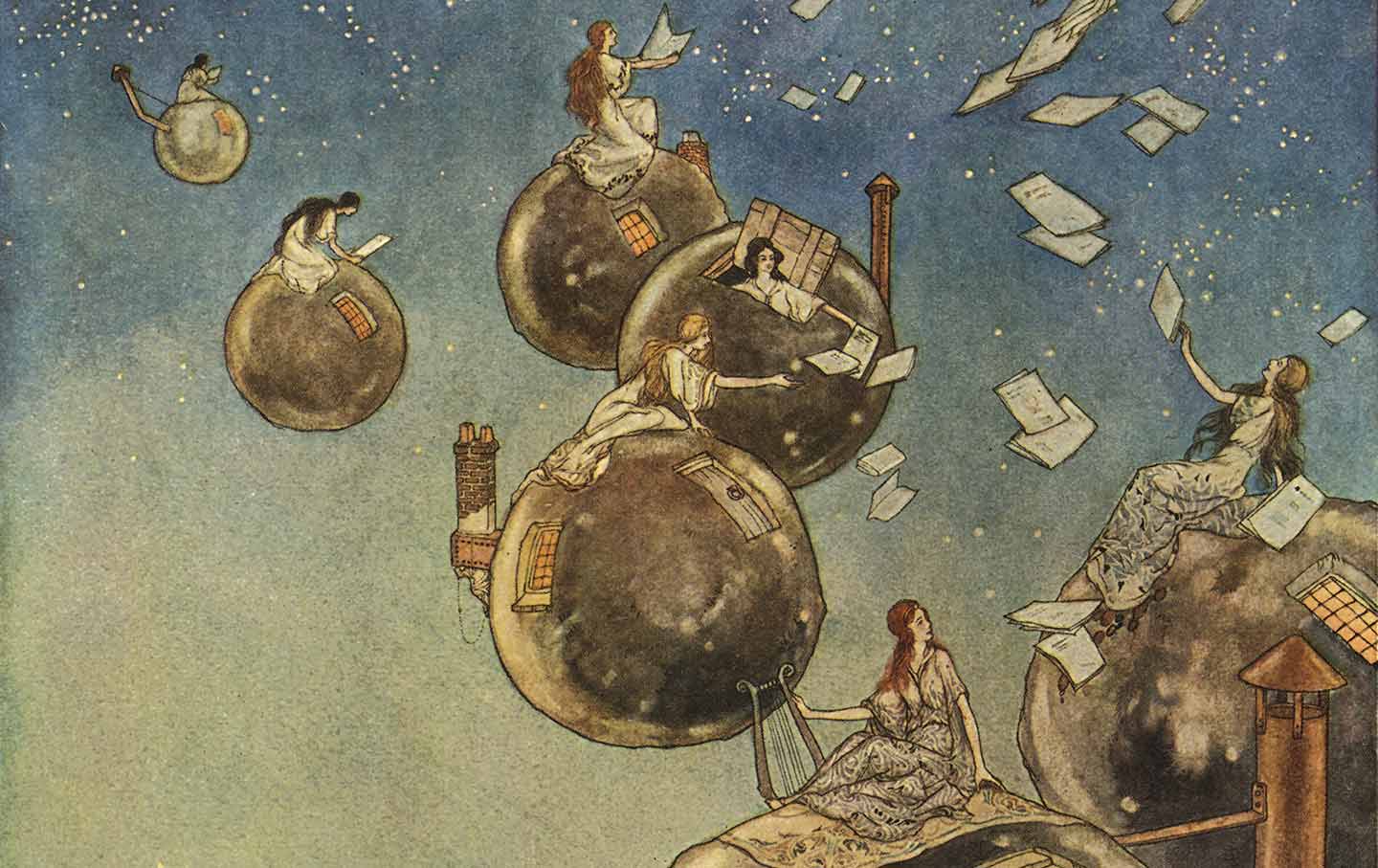
The Radical World-making of Joanna Russ The Radical World-making of Joanna Russ
In her science fiction, the novelist offered not only an astringent critiques of the present but also bold visions of the future.



